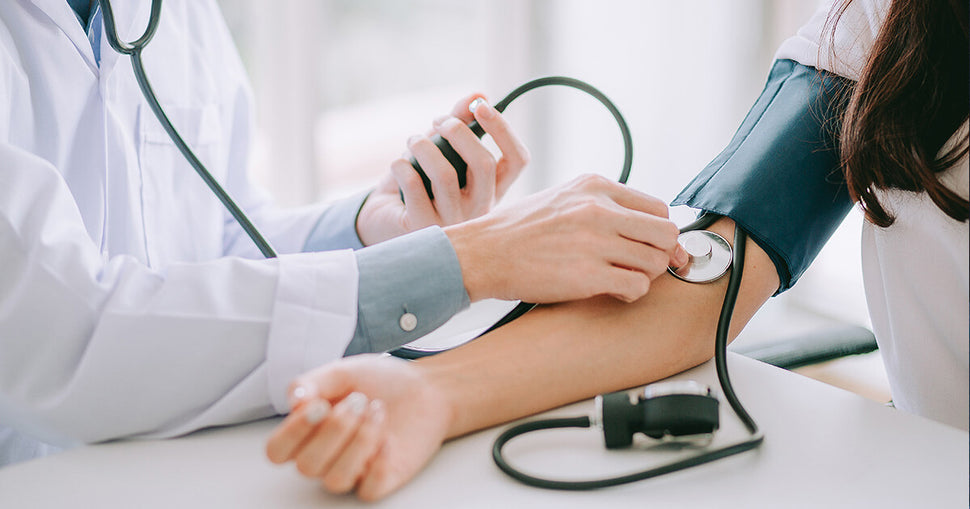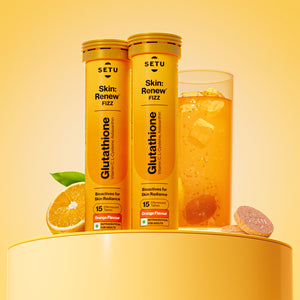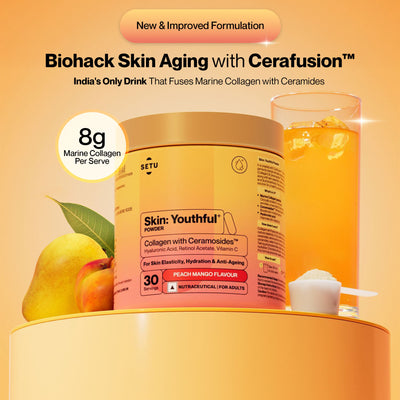Difference between HDL and LDL
28 Jun 2019
Cholesterol like any other nutrient is useful to your body, but in moderation. It is a fat-like substance that helps produce Vitamin D, hormones & digestive juices.
Cholesterol like any other nutrient is useful to your body but in moderation. It is a fat-like substance that helps produce Vitamin D, hormones & digestive juices. Unfortunately, with the bad reputation of cholesterol, most of us simply try to avoid cholesterol, without recognizing that not all cholesterol is bad. There are two types of cholesterol that you should know of and these are LDL and HDL cholesterol.
LDL vs HDL Cholesterol
Cholesterol comes in two forms – high-density lipoprotein (HDL) and low-density lipoprotein (LDL). Lipoproteins are basically types of soluble proteins that transport fats or lipids through the body – in this case they transport cholesterol. Although the nuances of the debate over HDL vs LDL cholesterol can easily be lost in the public obsession with low cholesterol food, it should be pointed out there is clearly good and bad cholesterol. Recognizing the difference between LDL and HDL cholesterol will allow you to make better informed choices for your health.
The ‘bad cholesterol’, so to speak, is LDL as these lipoproteins transport the cholesterol lipids to the arteries, where it can accumulate and result in a buildup of arterial plaque. This is described as atherosclerosis, a condition in which there is narrowing of the arteries and a high risk of blood clots. In addition to reducing blood flow and oxygen supply to the organs, which increases the risk of organ damage and diseases, it significantly raises the risk of heart attacks and stroke.
As noted before, there is a clear difference between LDL and HDL cholesterol, with HDL being the ‘good cholesterol’. HDL is regarded as good or healthy because these lipoproteins transport cholesterol to the liver, rather than the arteries. The liver can then metabolize these lipids and excess cholesterol is expelled from the body in the form of waste. It doesn’t end up in your arteries.
LDL vs HDL: Understand the Numbers
High cholesterol levels are concerning as the problem doesn’t cause any discernible symptoms until much later in life. This makes routine testing the only effective way to measure HDL and LDL levels. Blood tests for cholesterol will give you several readings and these include the following:
- Total blood cholesterol: This is a broad reading that includes HDL, LDL, and triglycerides.
- Triglycerides: This is a number that you should be concerned with as triglycerides are a type of fat and if these levels are high along with high LDL and low HDL, you face an increased risk of atherosclerosis. Your triglyceride levels should be no higher than 150 mg/dL.
- HDL: As noted before, HDL is often referred to as the ‘good cholesterol’. You want these numbers to be high, which means that a reading of over 55 mg/dL for women and 45 mg/dL for men is good.
- LDL: Not surprisingly, when talking about good and bad cholesterol, you’ll want your ‘bad’ cholesterol numbers to be low. Accordingly, LDL levels shouldn’t be above 130 mg/dL. In individuals who suffer from diabetes or heart disease, the numbers should be even lower, never exceeding 100 mg/dL.
Maintaining A Balance of Good and Bad Cholesterol
You can take simple steps to keep LDL levels low and HDL levels high. To avoid raising LDL levels, ditch the fatty foods and junk foods that are mostly high in saturated and hydrogenated fats. Adopt a more active lifestyle, as the lack of physical activity is associated with weight gain and higher LDL levels. You should also quit smoking, as this lowers good cholesterol levels and causes damage to the blood vessels, further increasing the risk of heart disease.
Similarly, you can take steps to raise HDL levels by increasing your intake of healthy omega-3 fatty acids. This means consuming more fatty fish like salmon, tuna, mackerel, and sardines, as well as nuts, seeds, and eggs. If you can’t get enough omega-3 from your diet, you can also consider taking fish oil supplements. In addition to fish oil supplements, SETU also has vegetarian omega-3 supplements that are better suited to a predominantly vegetarian or vegan population. Additionally, eating a varied plate with plenty of colorful fruit and vegetables will give you antioxidants that are known to improve HDL levels. Exercise, which can limit the rise of LDL, is also known to boost HDL levels.
To make it simpler, you can also refer to the infographic, which contains an overview of these key points along with other information that you may want to discuss with your doctor the next time you visit him. We’re sure he’ll be surprised.

Skin: Renew - Glutathione - Orange Flavour
- ₹1,996
- ₹1,996
-
₹2,600 - ( 23% OFF)
Categories
- Choosing a selection results in a full page refresh.
- Press the space key then arrow keys to make a selection.
this is the sidecart











